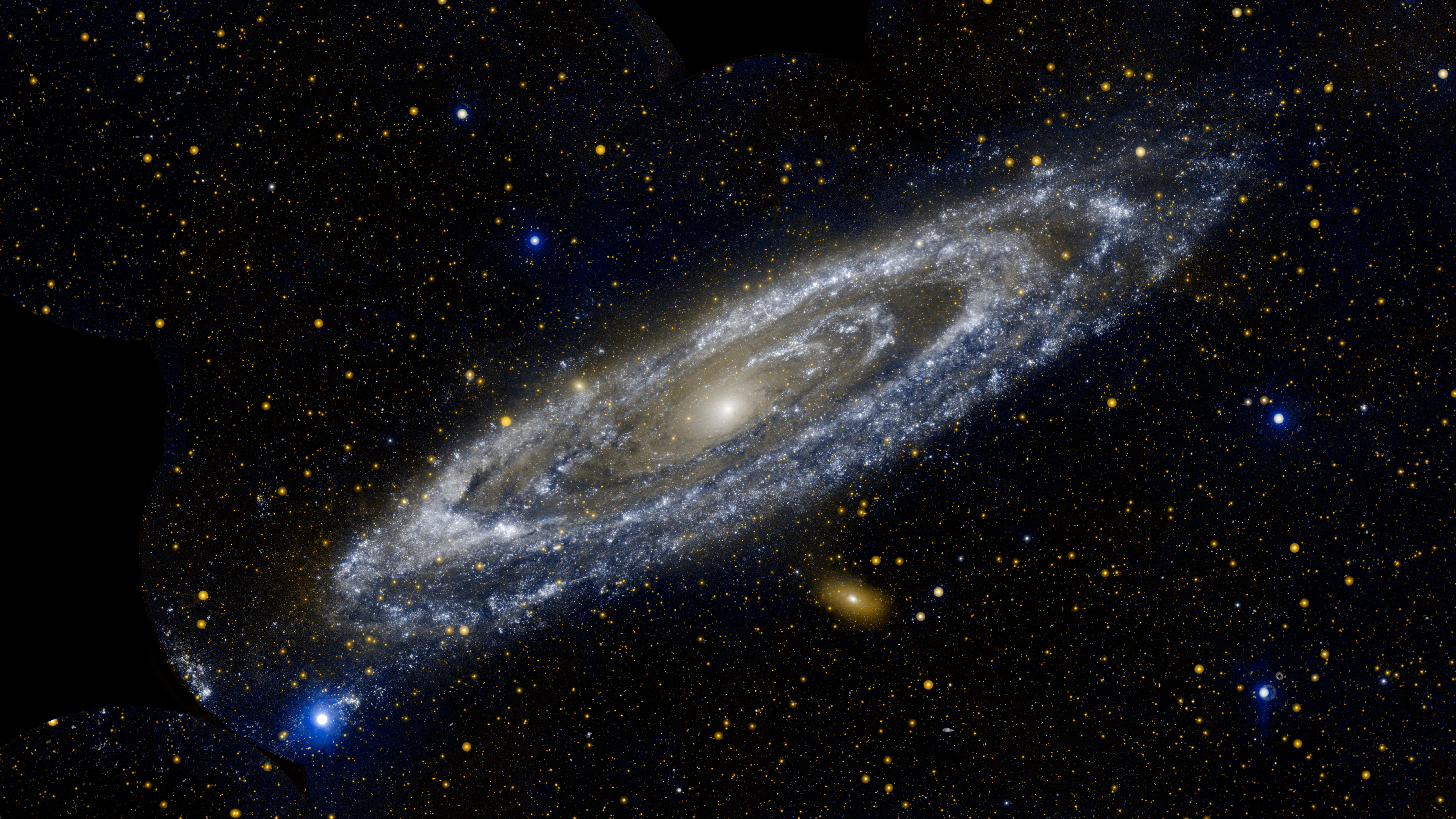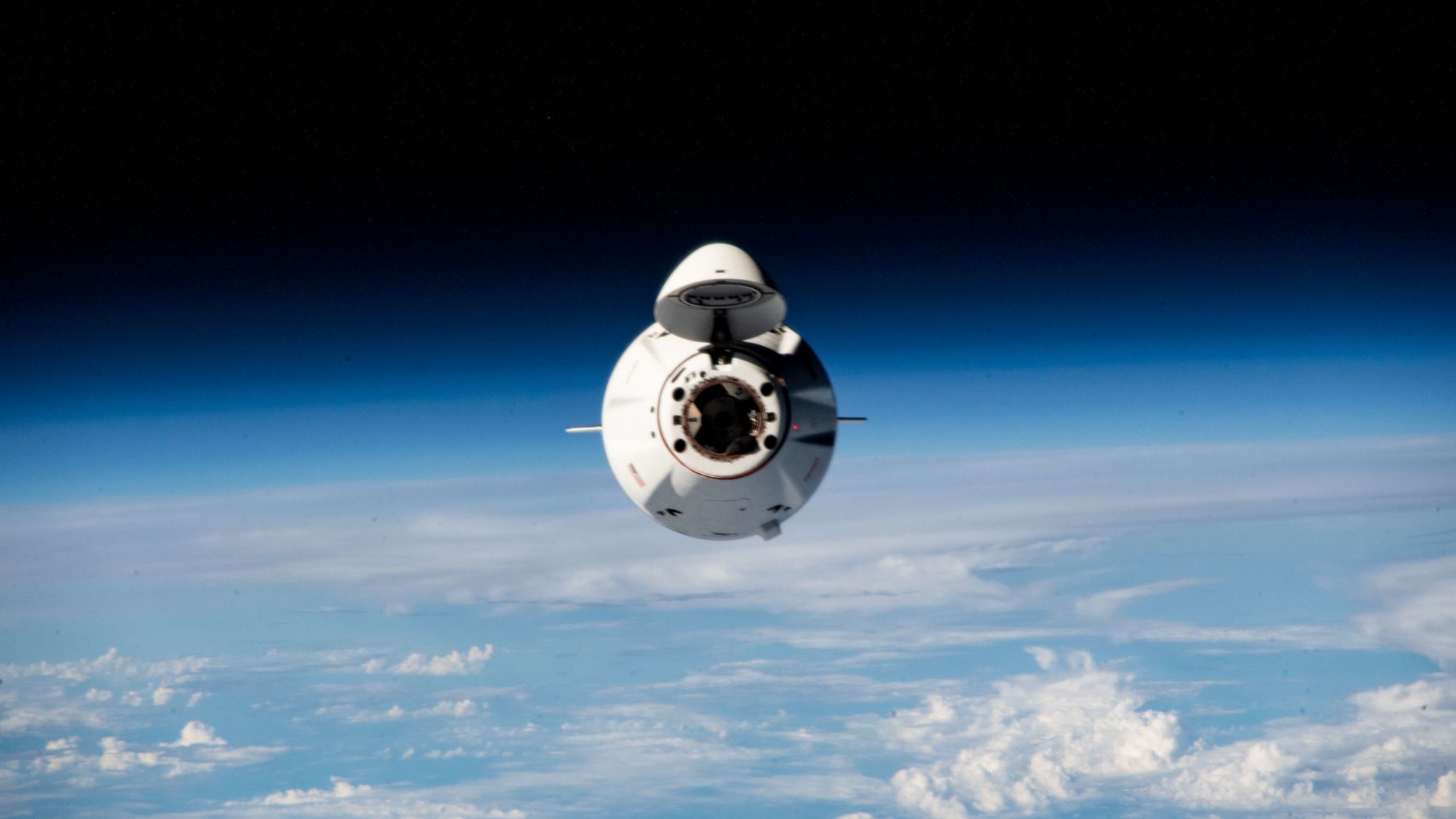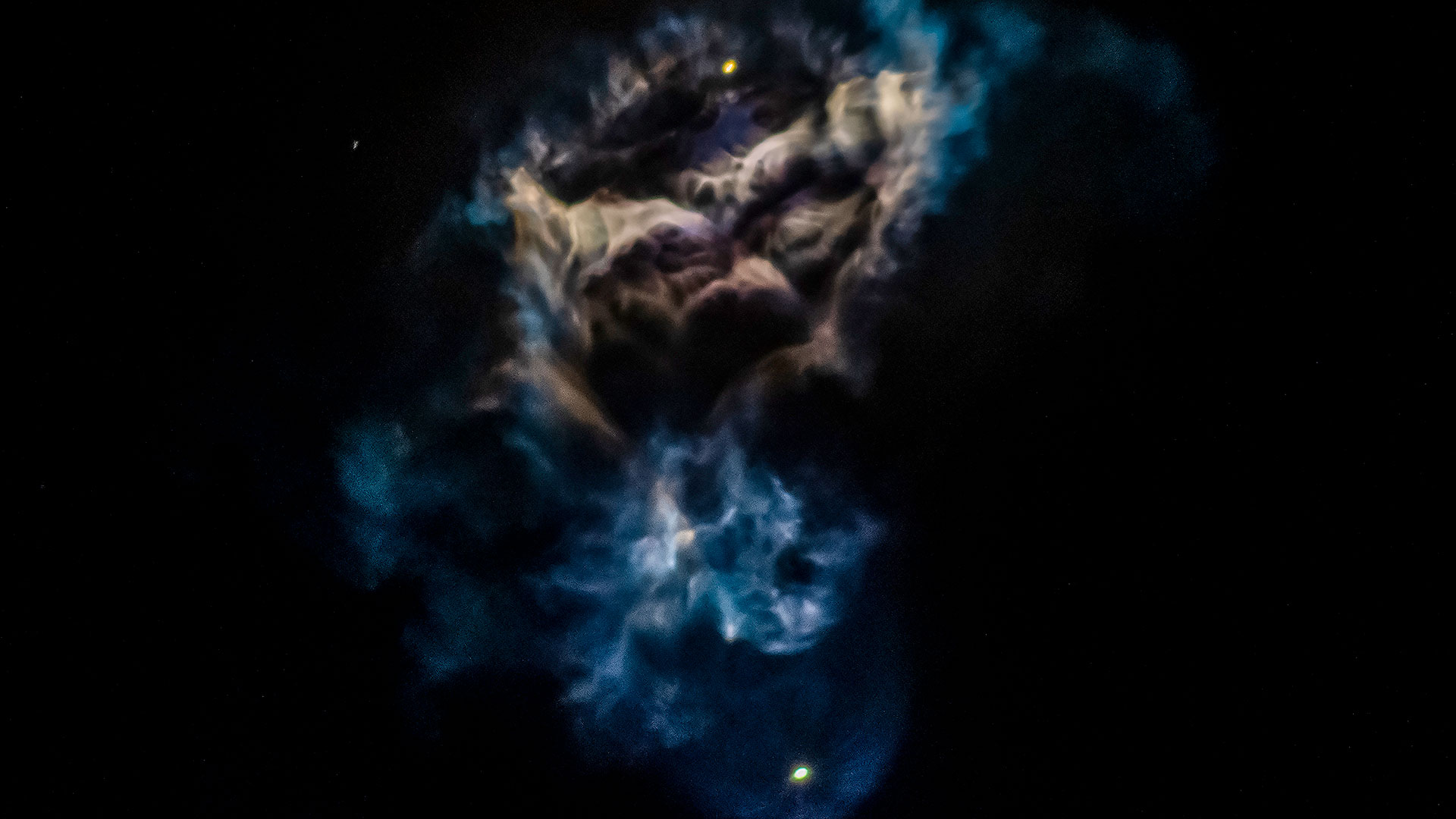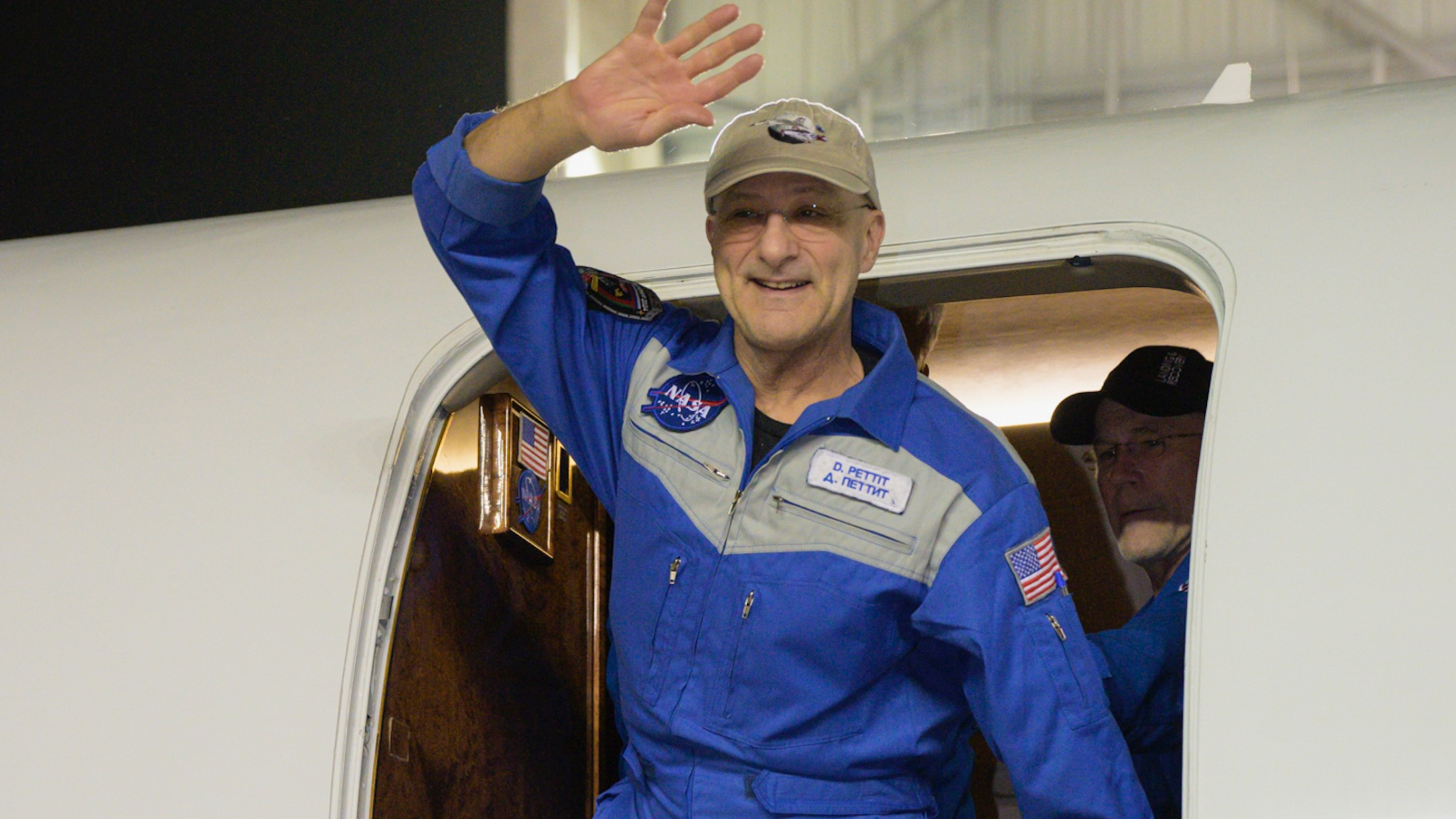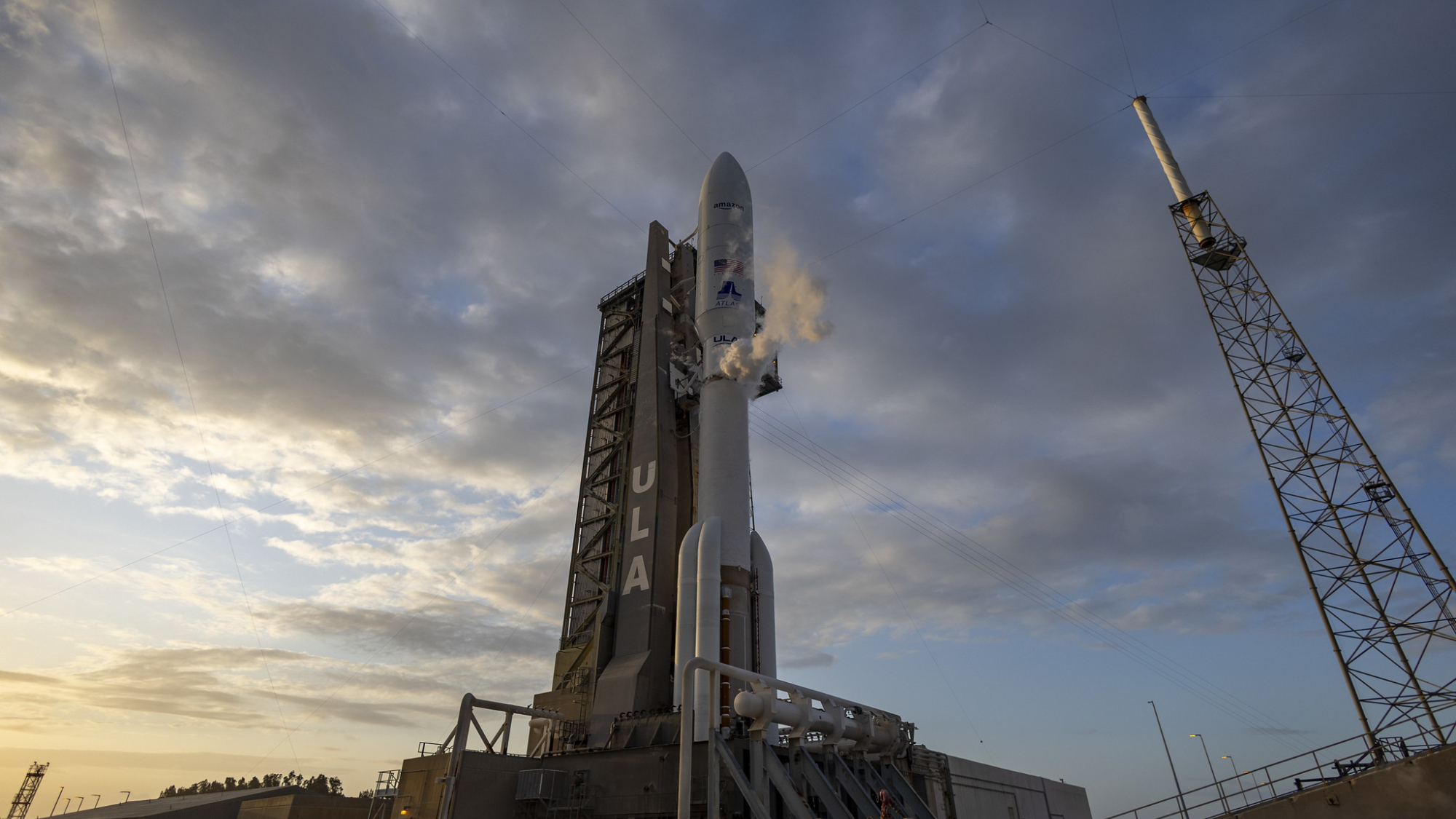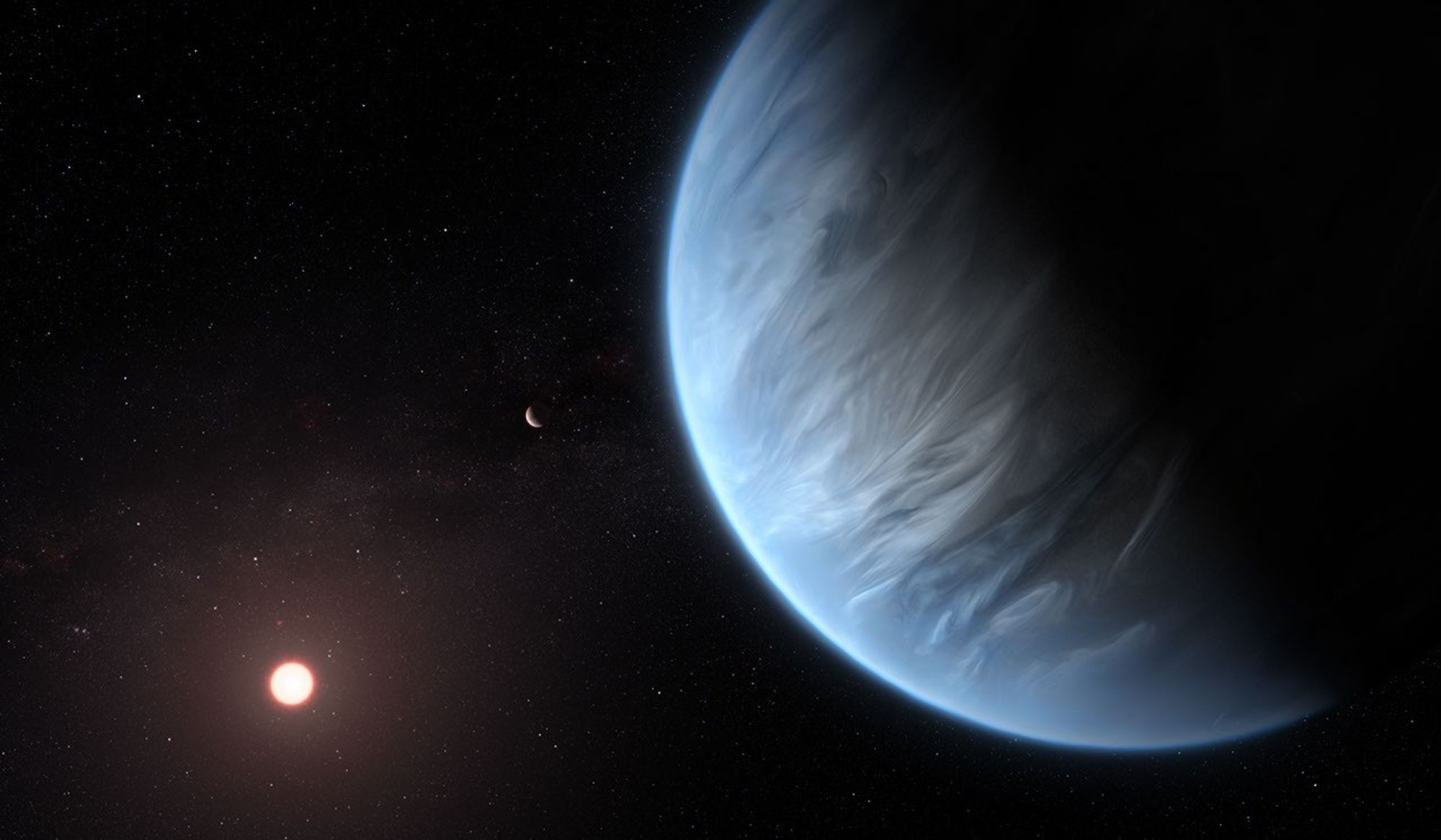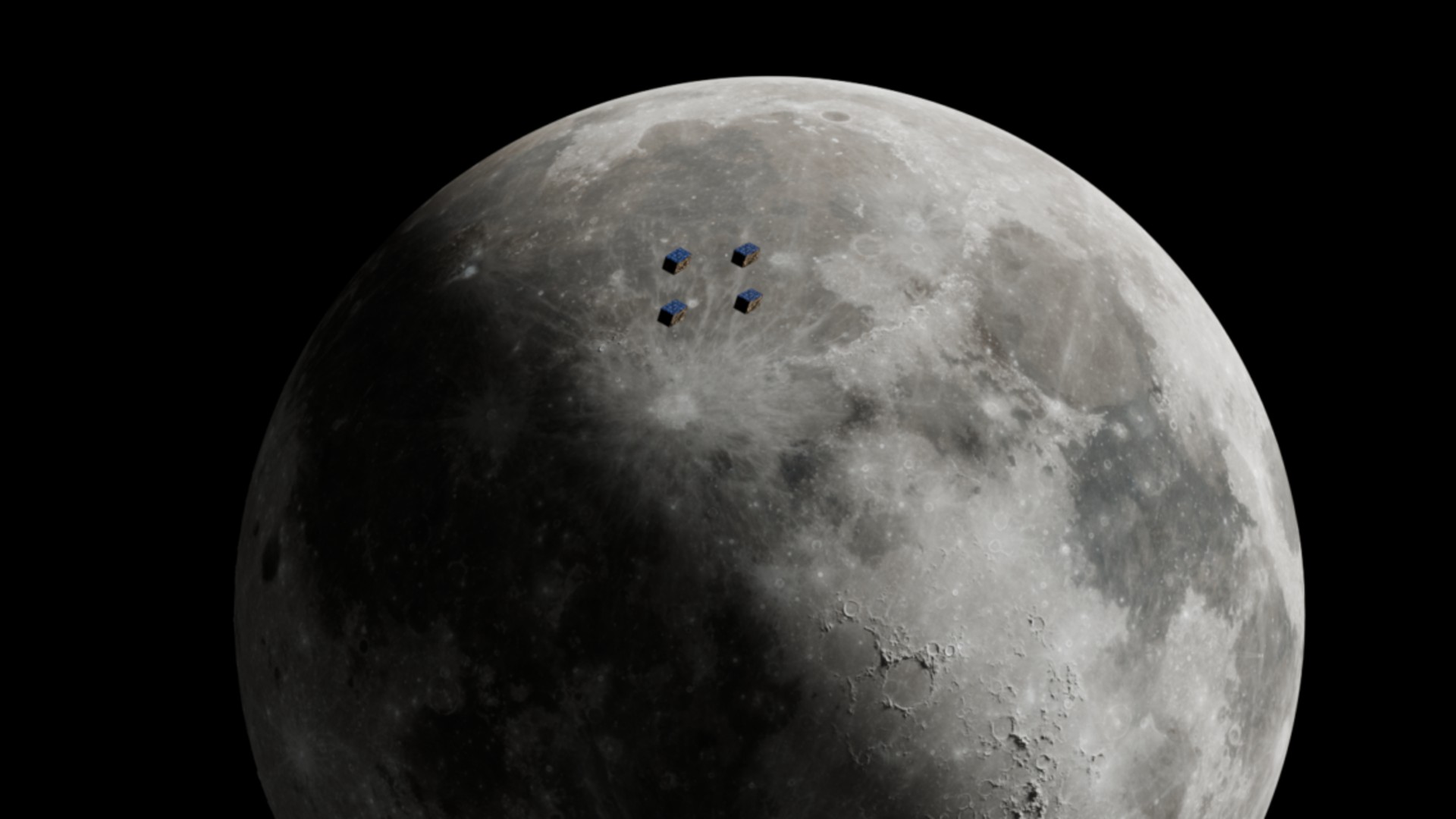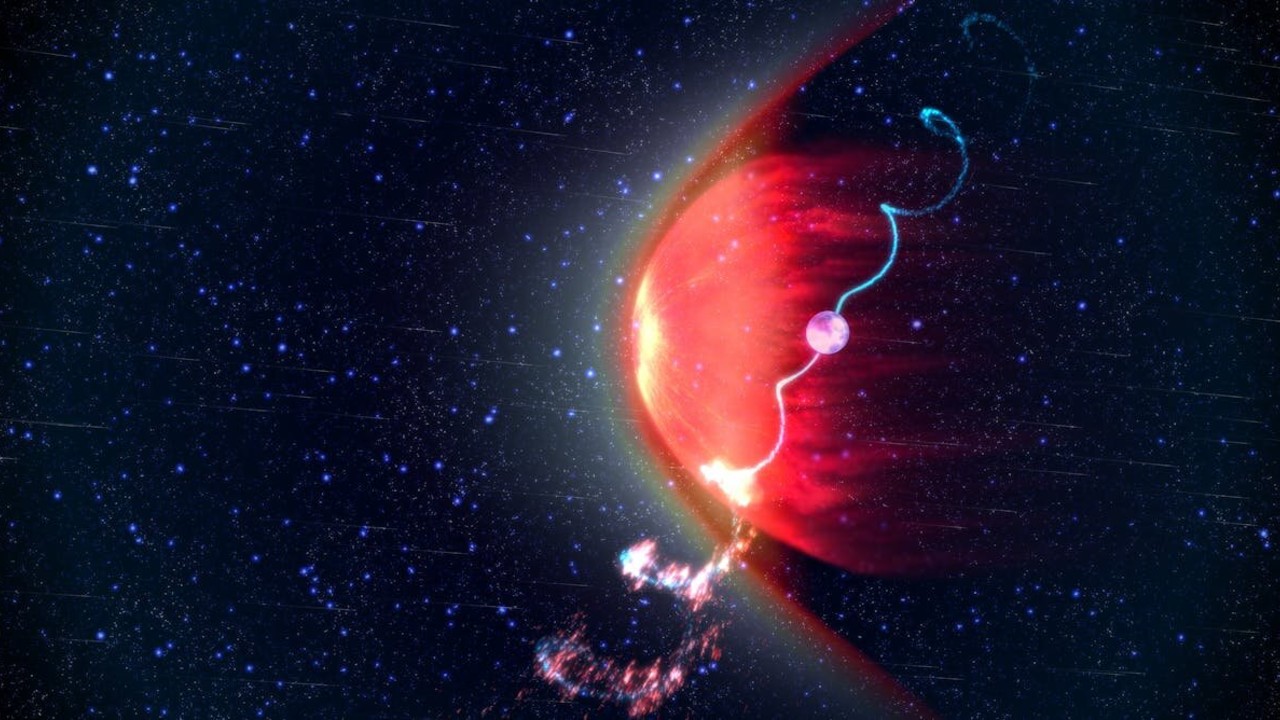Cosmic rays may be the elusive spark for lightning here on Earth
We still don't fully understand what triggers lightning. A new study suggests that showers of cosmic rays may be the missing link.
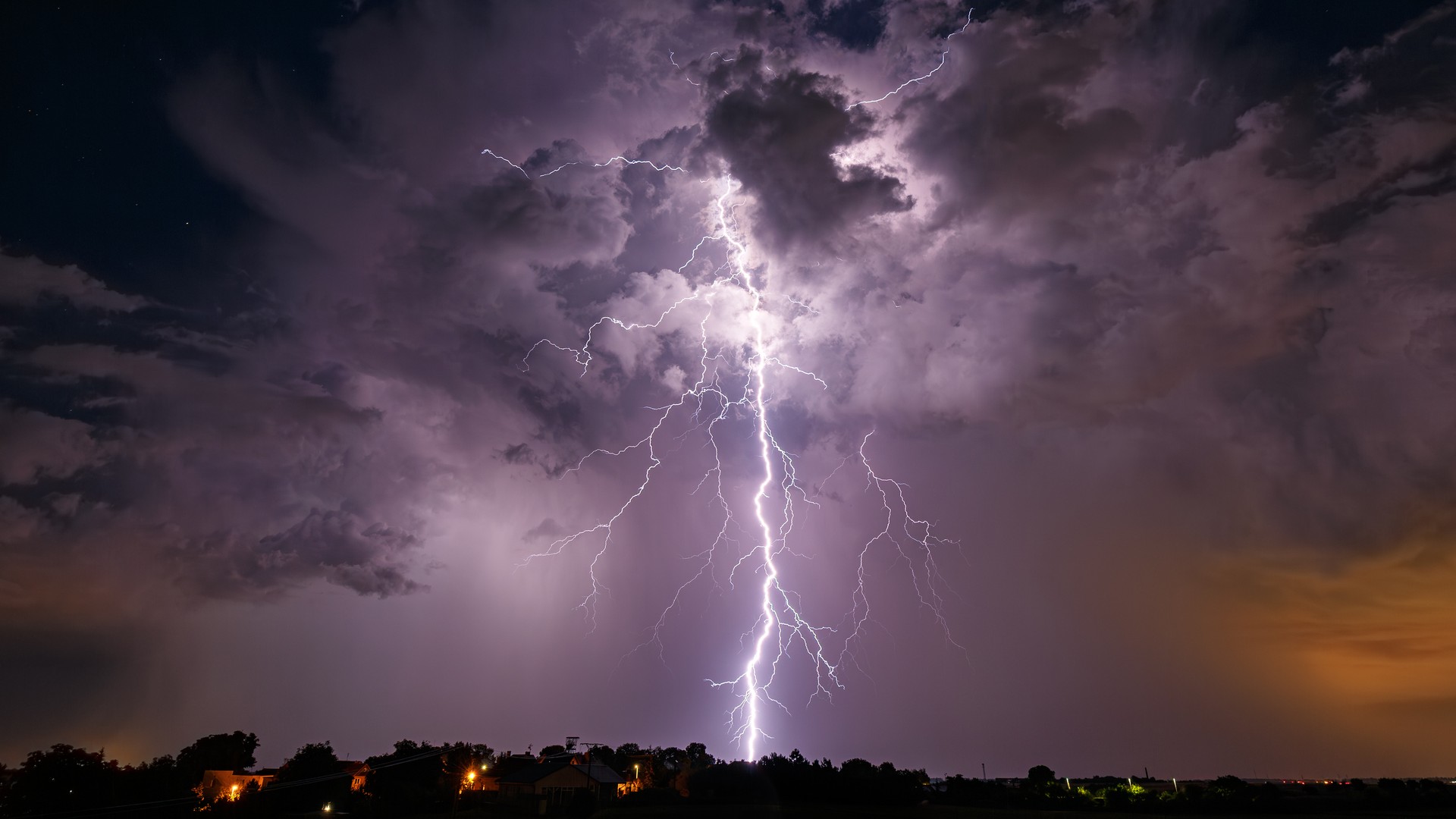
Cosmic rays may offer an out-of-this-world answer to a long-standing mystery about lightning on Earth, a new study suggests.
Thunderstorms are exceedingly common; a staggering 3 million lightning strikes occur on Earth every day, according to the U.K. Met Office. But even though lightning is ubiquitous, scientists still don't fully understand what triggers it. Now, a new study by researchers at Los Alamos National Laboratory suggests that one driver of lightning may have an extraterrestrial origin.
"The original theory of lightning initiation was proposed in the 1960s and 1970s," said Xuan-Min Shao, a scientist at Los Alamos National Laboratory in New Mexico and lead author of the new study, published March 3 in the journal JGR Atmospheres. "It postulated that electrons get ionized in the air and initiate what we call a thermal breakdown," Shao told Space.com. "But that process would require a very strong electric field in the cloud, and that has never been measured." In fact, Shao added, the strongest electric field ever detected inside storm clouds was 10 times weaker than what would be needed to spark lightning based on that theory.
To solve the long-standing puzzle, Shao and his colleagues used an array of radio antennas to record the precise progression of lightning discharges in space and time with an unprecedented accuracy and resolution. The array consists of two antenna clusters, located 7 miles (11.5 kilometers) apart at Los Alamos, which allowed the team to create a three-dimensional view of each lightning strike's path.
The findings presented in the new study are based on observations of a single storm on July 30, 2022, that produced over 300 lightning flashes. In addition to the buildup and trajectory of the lightning bolts, the researchers measured the polarization, or direction, of the electrical current that made up the lightning and compared these two data sets.
"We compared the direction of the lightning signal propagation along several hundred meters and compared that with the direction of the polarization of the spark," Shao said. "We found that it wasn't aligning. It was not in the same direction as the lightning propagation. That gave us an indication that lighting spark during the first tens of microseconds is not driven by the electric field in the cloud. It must be driven by something else."
That something else, Shao believes, is cosmic ray showers. Cosmic ray showers are cascades of high-energy particles triggered in the atmosphere by cosmic rays — bursts of charged hydrogen nuclei that zigzag across the universe at nearly the speed of light. Cosmic rays can come from distant supernovas, black holes and even the sun, and they constantly lash Earth's upper atmosphere. When they splinter as they interact with air molecules, they produce cascades of exotic particles such as pions, muons, high-energy electrons, and their antimatter counterparts, known as positrons.
Get the Space.com Newsletter
Breaking space news, the latest updates on rocket launches, skywatching events and more!
"[A] positron is what we call antimatter," Shao said. "It's the same as [an] electron, but it has a positive charge instead of a negative one.”
The presence of positrons in cosmic ray showers could explain the discrepancy between the direction of the lightning discharges and that of the electrical current in the spark observed by the Los Alamos array, he said.
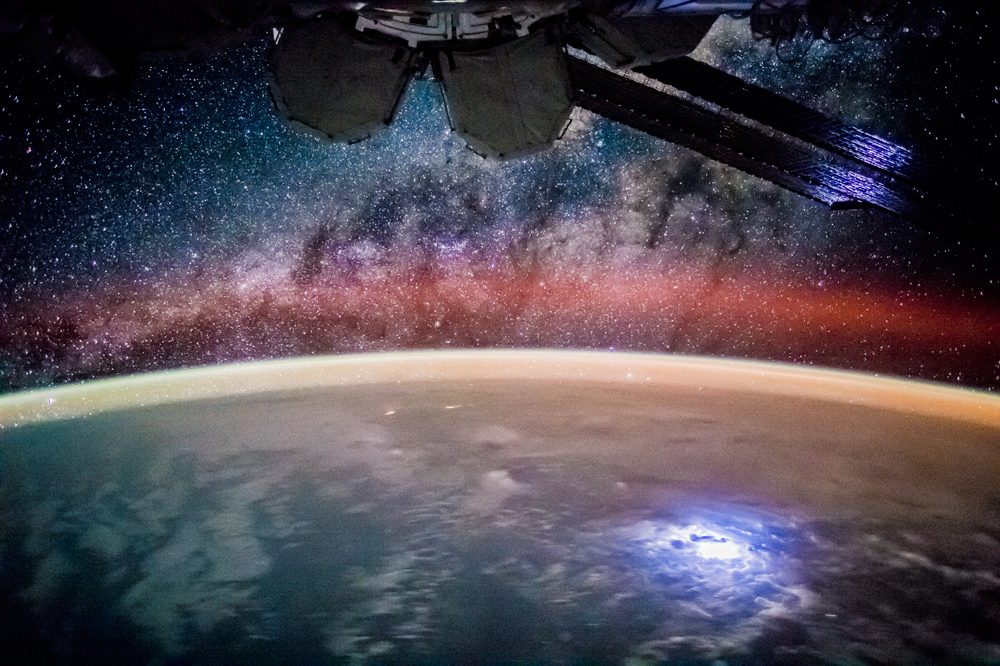
Shao and his colleagues are not the first ones to look for a connection between lightning and cosmic rays. However, the new observations are significant because they do not align with any of the earlier theories, Shao noted.
The results are exciting, he said, but more work remains to be done. Cosmic rays batter our planet all the time, but their impacts are quite hard to detect.
"We would really like to have direct simultaneous observations of the two phenomena — lightning and cosmic ray showers," Shao said. "But that's going to be very difficult because the particle detectors that can detect those showers on the ground can only catch them when they are coming from a certain direction. With the current systems, we may only be able to detect about one in every thousand of them."
For now, the researchers will attempt to replicate their measurements on a higher number of thunderstorms and lightning flashes. They will also look for possible correlations between the number of lightning strikes and the phase of the solar cycle.
Researchers think that during the most active part of the sun's 11-year cycle, known as solar maximum, fewer cosmic rays reach the planet because its magnetic field is strengthened by the constant whipping of the solar wind. This strengthened magnetic field is better at repelling the incoming cosmic rays, which, in theory, should make the atmosphere less conducive to lightning formation. However, so far, data on this is scarce, Shao said.
"It's a very hard problem to address because lightning rate can be affected by many other factors," Shao said. "We would need people to collect a lot of lightning data globally to see this effect, but you have to rule out some other factors there too."
Join our Space Forums to keep talking space on the latest missions, night sky and more! And if you have a news tip, correction or comment, let us know at: community@space.com.
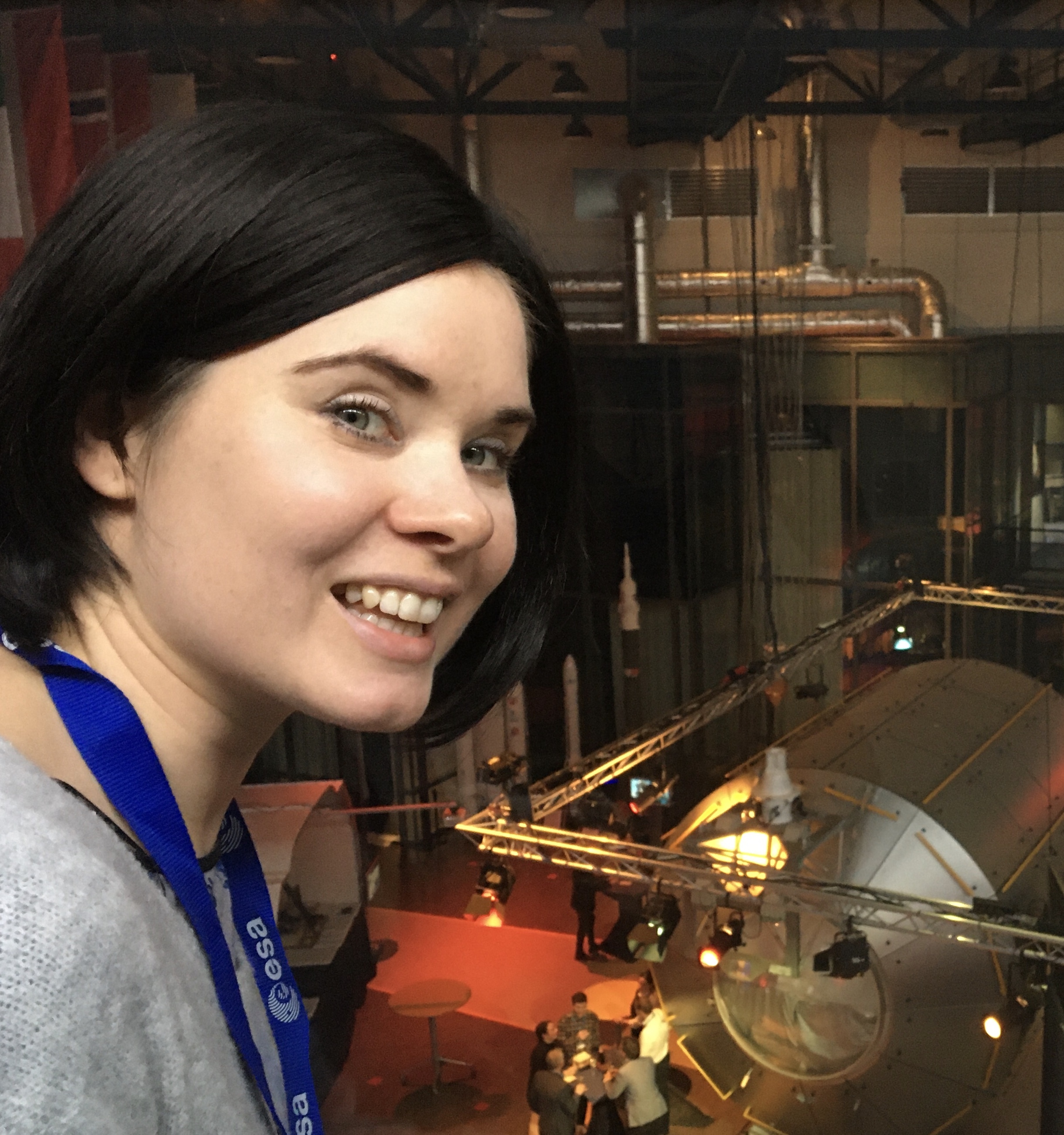
Tereza is a London-based science and technology journalist, aspiring fiction writer and amateur gymnast. Originally from Prague, the Czech Republic, she spent the first seven years of her career working as a reporter, script-writer and presenter for various TV programmes of the Czech Public Service Television. She later took a career break to pursue further education and added a Master's in Science from the International Space University, France, to her Bachelor's in Journalism and Master's in Cultural Anthropology from Prague's Charles University. She worked as a reporter at the Engineering and Technology magazine, freelanced for a range of publications including Live Science, Space.com, Professional Engineering, Via Satellite and Space News and served as a maternity cover science editor at the European Space Agency.
You must confirm your public display name before commenting
Please logout and then login again, you will then be prompted to enter your display name.
